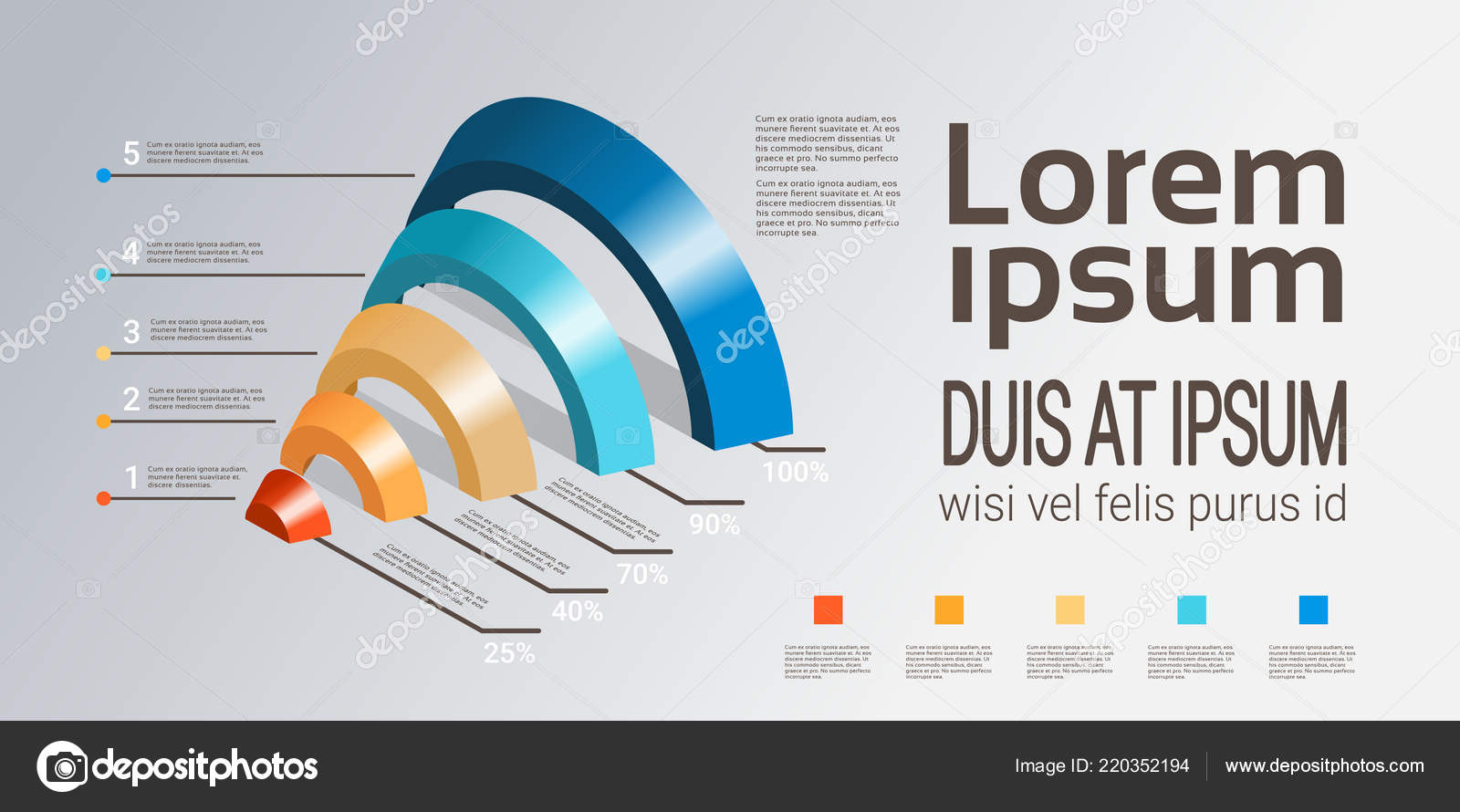The Development Of Site Layout: From Past To Present
The Development Of Site Layout: From Past To Present
Blog Article
Content Author-Thorsen Clarke
In the past, internet sites were easy and concentrated on info. Navigation was direct, and design was for desktops. Now, individual experience is key. Information guides layouts for very easy navigation. Receptive layouts match various tools. please click the next post , dark mode minimizes strain, and minimal food selections boost navigating. Interactive features engage users, and strong visuals attract attention. AI combination enhances engagement. See how style has evolved to boost your on-line trip.
Very Early Days of Website Design
In the very early days of website design, simplicity reigned supreme. Internet sites were standard, with minimal colors, typefaces, and formats. The emphasis got on giving details instead of fancy visuals. Customers accessed the web via slow dial-up links, so speed and performance were vital.
Navigating menus were straightforward, typically located at the top or side of the web page. Sites were made for desktop, as mobile surfing wasn't yet common. Content was king, and designers prioritized very easy readability over complex style elements.
HTML was the main coding language used, and developers needed to work within its constraints. Computer animations and interactive attributes were very little contrasted to today's criteria. Web sites were fixed, with little vibrant content or tailored individual experiences.
Surge of User-Focused Style
With the advancement of internet site design, a change in the direction of user-focused layout principles has actually become progressively noticeable. Today, creating sites that prioritize user experience is important for involving visitors and attaining service objectives. User-focused layout includes understanding the needs, preferences, and behaviors of your target market to tailor the website's format, web content, and includes appropriately.
Developers now perform extensive research, such as individual studies and functionality screening, to gather understandings and feedback straight from individuals. This data-driven strategy assists in developing user-friendly navigation, clear calls-to-action, and aesthetically enticing interfaces that reverberate with visitors. By positioning the individual at the facility of the style procedure, websites can supply a much more customized and satisfying experience.
Receptive layout has also become a key facet of user-focused design, ensuring that websites are enhanced for various devices and screen sizes. This versatility boosts ease of access and use, catering to the varied means individuals interact with websites today. In essence, the rise of user-focused layout signifies a change towards producing digital experiences that focus on the needs and assumptions of the end individual.
Modern Trends in Web Design
Check out the latest fads shaping website design today. One famous fad is dark setting layout, offering a streamlined and contemporary appearance while reducing eye stress in low-light settings. One more crucial trend is minimal navigating, simplifying food selections and improving user experience by concentrating on essential elements. Integrating micro-interactions, such as computer animated buttons or scrolling impacts, can produce a much more interesting and interactive web site. https://www.entrepreneur.com/article/344445 continues to be crucial, ensuring smooth customer experiences across numerous tools. Additionally, making use of strong typography and asymmetrical layouts can include visual interest and accentuate specific web content.
Integrating AI technology, like chatbots for consumer support or personalized suggestions, enhances user involvement and streamlines processes. Access has also become a considerable trend, with developers focusing on inclusive design methods to accommodate diverse individual requirements. Welcoming sustainability by maximizing site performance for speed and performance is another arising trend in web design. Teaming up with user comments and information analytics to iterate and enhance layout constantly is important for staying relevant in the ever-evolving digital landscape. By embracing these contemporary patterns, you can develop a visually enticing, easy to use website that resonates with your target market.
Verdict
As you reflect on the advancement of web site layout from the very early days to now, you can see just how user-focused layout has actually become the driving pressure behind contemporary fads.
Accept the trip of adjustment and adaptation in web design, always keeping the user experience at the leading edge.
Remain present with the latest trends and technologies, and never quit developing your method to develop visually sensational and user-friendly websites.
Advance, adapt, and produce - the future of web design remains in your hands.
